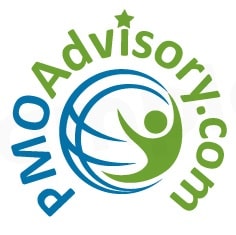“Once the Project Team identifies all of the possible risks that might jeopardize the success of the project, they must choose those which are the most likely to occur. They would base their judgment upon past experience regarding the likelihood of occurrence, gut feel, lessons learned, historical data, etc.
Early in the project there is more at risk then as the project moves towards its close. Risk management should therefore be done early on in the life cycle of the project as well as on an on-going basis.
The significance is that opportunity and risk generally remain relatively high during project planning (beginning of the project life cycle) but because of the relatively low level of investment to this point, the amount at stake remains low. In contrast, during project execution, risk progressively falls to lower levels as remaining unknowns are translated into knowns. At the same time, the amount at stake steadily rises as the necessary resources are progressively invested to complete the project.
The critical point is that Risk Management is a continuous process and as such must not only be done at the very beginning of the project, but continuously throughout the life of the project. For example, if a project’s total duration was estimated at 3 months, a risk assessment should be done at least at the end of month 1 and month 2. At each stage of the project’s life, new risks will be identified, quantified and managed”. – Michael Stanleigh, excerpted from his article, “Risk Management…the What, Why, and How” @ Business Improvement Architects, click here to read the article in its entirety.
Well said and we agree! PMO Advisory offers courses throughout the year designed for project professionals interested in Portfolio (PfMP), Program (PgMP), Project (PMP & CAPM) Risk (PMI-RMP) Management, and Agile (PMI-ACP) certifications.

